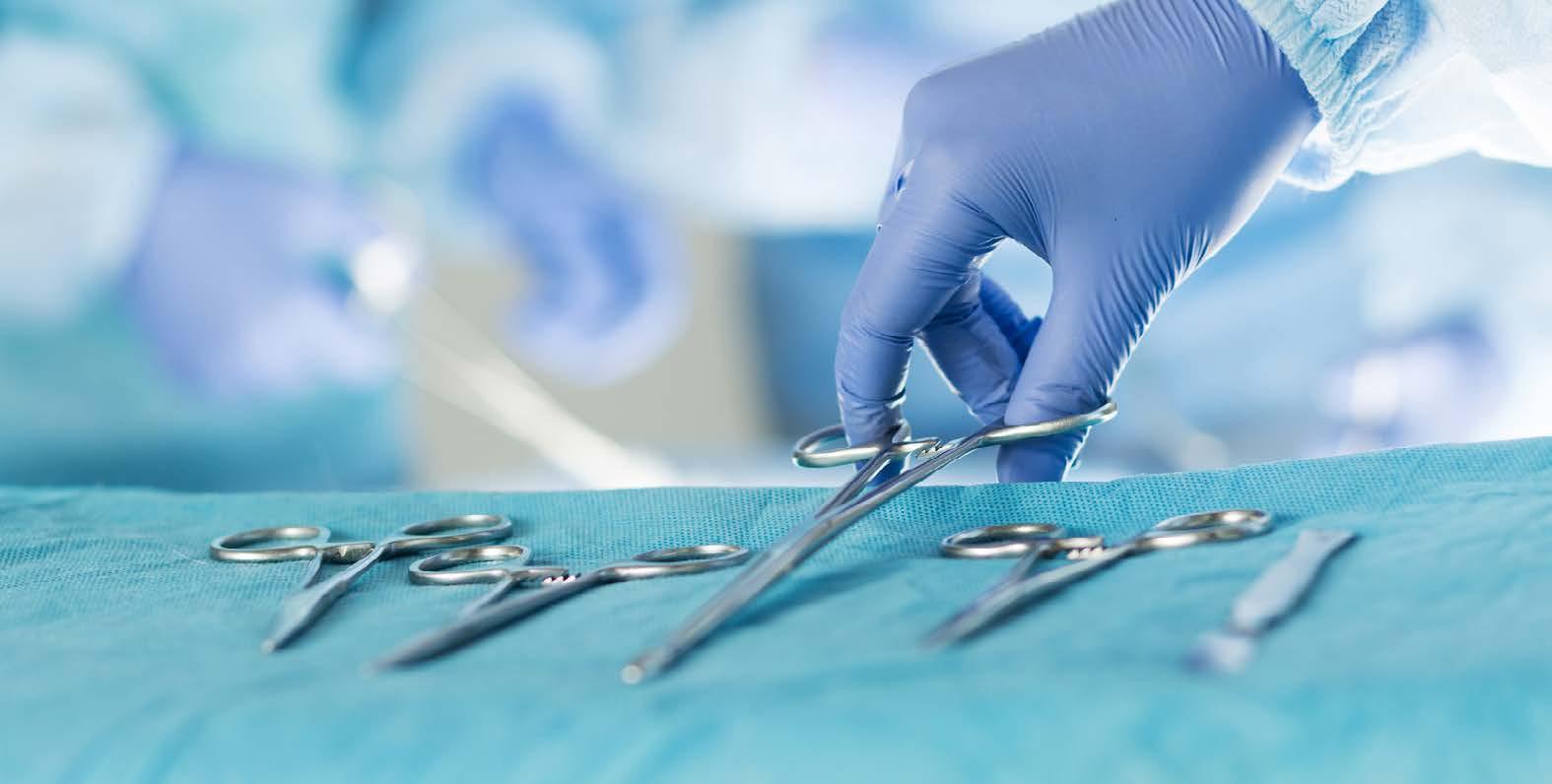
3 minute read
Dorsal Preservation Rhinoplasty
Michael P. Ondik, MD, Co-Chair, PAO-HNS Facial Plastic & Reconstructive Surgery Committee, Princeton Eye and Ear
Recently there has been renewed interest in a rhinoplasty technique that dates back to 1899. The technique, first described by Goodale, describes lowering a nasal hump by performing lateral osteotomies and removing subdorsal cartilage. The modern-day version of this technique is now referred to as Dorsal Preservation Rhinoplasty. While many otolaryngologists may choose not to incorporate it into their practice, some familiarity with its basic principles may be useful. Before discussing the specifics, it is important to note that dorsal preservation rhinoplasty is one part of the philosophy known as Preservation Rhinoplasty. As first described by R.K. Daniel, it builds upon Structure Rhinoplasty, the concept that structure must be maintained in order to preserve nasal function and provide long-term cosmetic improvements. Preservation rhinoplasty has three main tenets which include preservation of the osteocartilaginous dorsum (i.e., dorsal preservation), elevation of the skin sleeve in the subperichondrial-subperiosteal plane, and maintenance of the alar cartilages with minimal excision. In traditional hump reduction, the hump is removed using an osteotome, leaving an open roof. Consequently, the mid-vault must be rebuilt by means of infracturing the nasal bones along with other techniques to maintain the nasal valve, such as spreader grafting. In dorsal preservation, the dorsal hump is brought down, not by removing bone at the dorsum, but by performing a series of lateral and transverse osteotomies that fully mobilize the nasal bones en bloc. If the osteotomies are simple single cuts, the technique is referred to as “pushdown.” If an additional strip of bone is removed bilaterally at the frontal process of the maxilla, the technique is a “letdown.” The technique can be performed through either an open or closed approach. Any meaningful downward movement of the nasal bones must, of course, be accompanied by a reduction of the septum to allow for the movement. There are many schools of thought regarding management of the septum. In its most simple form, a subdorsal strip of septum may be removed that is approximate to the height that the dorsum is to be lowered. Alternatively, M.H. Cottle originally described a vertical incision from the keystone area to the vomer with corresponding resections of a triangle of ethmoid bone under the nasal bone and a cartilage strip along the maxillary spine. Several other septal techniques have also been described, but common to them all is that once the septum and the nasal bones have been mobilized, they are suturefixated in place in order to maintain the new dorsal profile. The indications for dorsal preservation rhinoplasty are expanding as surgeons gain more experience with the technique, but the ideal patient for this technique will have a straight, overprojected dorsum with a normally positioned or slightly high radix. Minor nasal bone deviations can also be addressed using an asymmetric wedge resection in the letdown technique. Specific complications of the dorsal preservation technique include hump recurrence, deepening of the radix, and step-offs. Those seeking to use dorsal preservation should be aware that the technique is still relatively new and there is limited data in terms of outcomes.
Advertisement
In summary, dorsal preservation provides a manner to remove a dorsal hump while preserving the dorsal aesthetic lines and eliminating the need to reconstruct the midvault. Although many rhinoplasty surgeons may choose not to learn this technique, it is important to be aware of its principles, as savvy patients may want to discuss it during their consultations.
Sources:
East C. Preservation Rhinoplasty. ENT & Audiology News. July 2019 Kern EB. History of Dorsal Preservation Surgery: Seeking Our Historical Godfather(s) for the "Push Down" and "Let Down" Operations. Facial Plast Surg Clin North Am. 2021 Feb;29(1):1-14. Patel PN, Abdelwahab M, Most SP. A Review and Modification of Dorsal Preservation Rhinoplasty Techniques. Facial Plast Surg Aesthet Med. 2020 Mar/Apr;22(2):71-79.





